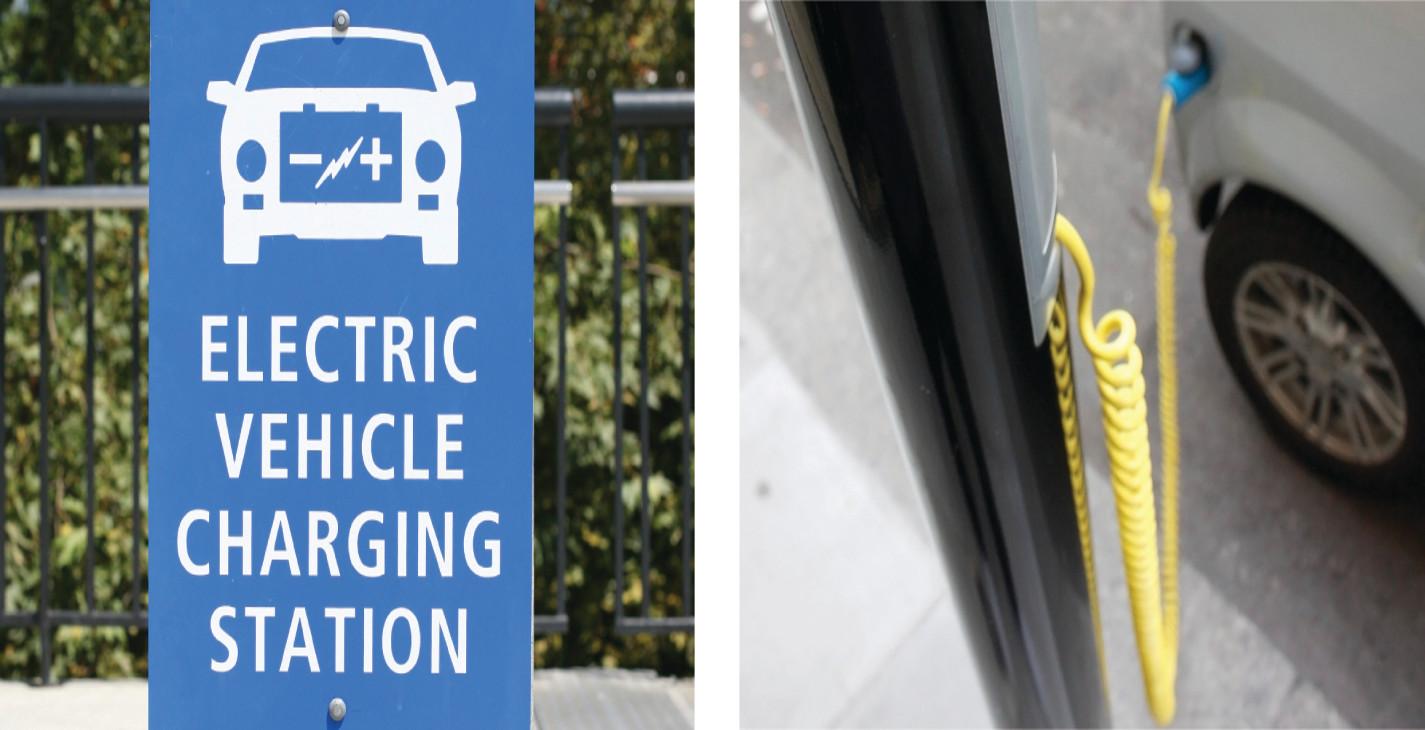Battery Management System
power generation and storage
Battery Management System (MSC-TOPS-40)
Simple, reliable, and safe battery management for high-voltage battery systems
Overview
NASA seeks interested parties to license the Battery Management System (BMS) developed by innovators at Johnson Space Center. NASA's BMS features the ability to monitor and balance the charge of individual battery cells that are in series and provide fault detection of individual cells in parallel within a battery pack of hundreds of cells. The circuit uses fewer connections (pins) than competing technologies, which reduces complexity and improves reliability. It offers a safe and potentially low-cost management system for high-voltage battery systems, including lithium-ion (Li-ion) battery systems that are used in electric vehicles and other next-generation renewable energy applications.
This NASA Technology is available for your company to license and develop into a commercial product. NASA does not manufacture products for commercial sale.
The Technology
The technology is comprised of a simple and reliable circuit that detects a single bad cell within a battery pack of hundreds of cells and it can monitor and balance the charge of individual cells in series. NASA's BMS is cost effective and can enhance safety and extend the life of critical battery systems, including high-voltage Li-ion batteries that are used in electric vehicles and other next-generation renewable energy applications.
The BMS uses saturating transformers in a matrix arrangement to monitor cell voltage and balance the charge of individual battery cells that are in series within a battery string. The system includes a monitoring array and a voltage sensing and balancing system that integrates simply and efficiently with the battery cell array, limiting the number of pins and the complexity of circuitry in the battery. The arrangement has inherent galvanic isolation, low cell leakage currents, and allows a single bad or imbalanced cell in a series of several hundred to be identified. Cell balancing in multi-cell battery strings compensates for weaker cells by equalizing the charge on all the cells in the chain, thus extending battery life. Voltage sensing helps avoid damage from over-voltage that can occur during charging and from under-voltage that can occur through excessive discharging.

Benefits
- Safety: decreases the occurrence of thermal runaway and catastrophic failures
- Reliability: uses a low pin count; reduced complexity and increased reliability
- Dual-purpose - detects the individual bad cells within series and parallel cells
- Extended battery life: manages battery cells within a string increasing battery life
- Decreased battery damage: prevents damage from too much or too little voltage
- Limited charge current - balances cells by adding charge to individual cells after main charge is complete
- Low cost - provides a less expensive alternative to existing, commercially available solutions
Applications
- Electric vehicles (EVs), plug-in hybrid (PHEV), and hybrid electric vehicles (HEVs)
- Telecommunications backup systems
- Space mission critical battery backup systems
- Uninterruptible power systems
- Electric utility storage for renewable energy
- High-voltage critical battery systems


